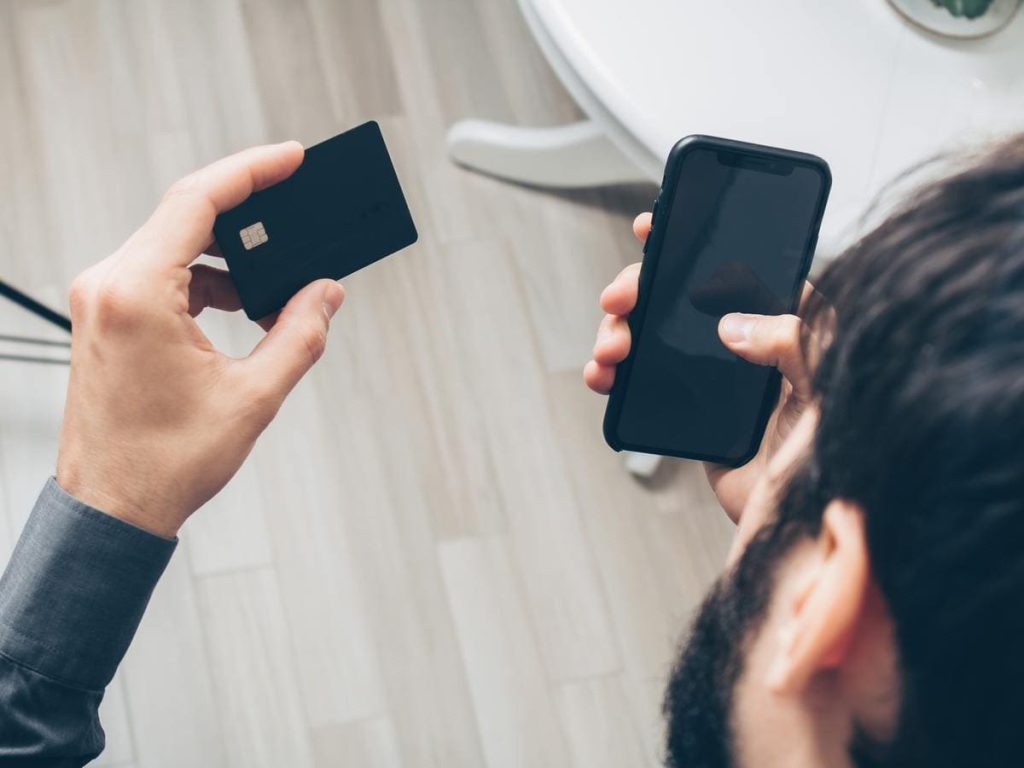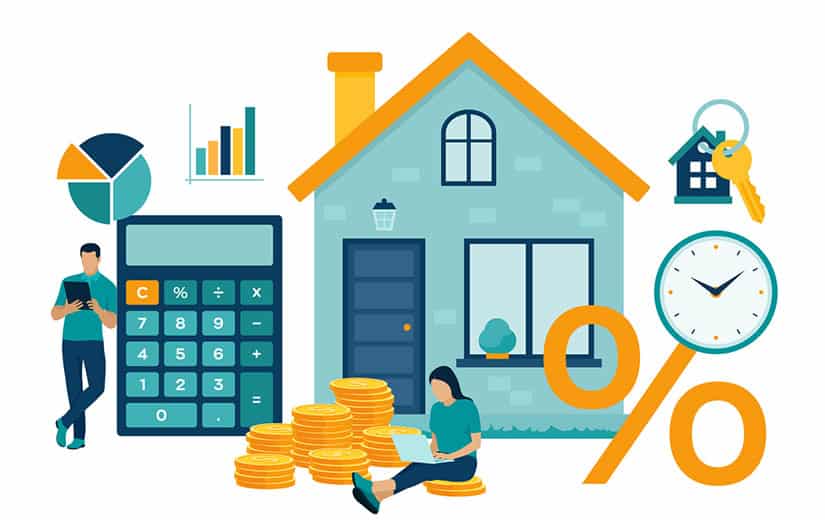You have to make a big transaction and the buyer wants to pay you in cash?
Do you have banknotes in your wallet that you think are fake? Be aware that there are several solutions for having banknotes checked. To avoid being the victim of a counterfeit note scam, you can go to your bank branch but also use other means. Find out which ones.
In 2017, approximately 700,000 counterfeit denominations were withdrawn from circulation. And counterfeiters rely on ingenuity to slip through the cracks. It is therefore advisable to be very vigilant, even if the risk of falling on counterfeit banknotes remains minimal. Everything you need to know to have banknotes verified. And also follow the procedure in case of possession of fake denominations.
Summary
How to check if a ticket is real?
To authenticate a banknote, various checks must be carried out. This is the TRI method (Touch, Look and Tilt) which is simple, fast and effective.
Recognize counterfeit notes by touch
Start by touching the paper. It must have a firm texture and crack under the fingers. On the other hand, the embossed printing on the front of the banknote is perceptible to the touch at different points. For this, pass the nail or the tip of a finger.
Look to verify that it is a real banknote
First there is the portrait watermark that can be seen in transparency in the white part of the note. This is the portrait of the goddess Europa. You will also observe an architectural pattern as well as the value of the document.
Then the portrait window is in the holographic band. The portrait of the goddess Europe appears transparently on both sides of the banknote.
Finally, the security thread is visible in the thickness of the paper. It is also observed by transparency and takes the form of a dark line over the entire width of the banknote. On this line are both the euro symbol and the value of the banknote in lowercase white letters.
Tilt the banknote to be sure of its authenticity
By tilting the holographic strip, you will see different elements appear, including the portrait window and the satellite hologram. On the other hand, the silver band when tilted reveals the portrait of the goddess Europa, the architectural motif and the value of the banknote.
Finally, thanks to a game of inclination, the figure at the bottom left (the emerald number) changes from emerald green to deep blue. This number indicates the value of the banknote and should therefore change color once the banknote is tilted.
What about counterfeit detectors?
In addition to the TRI method or if you have any doubts during a transaction, you can absolutely use the counterfeit detector.
On the market, you will find three kinds of variable efficiency:
- the ultraviolet detector. This device detects areas of a banknote that are sensitive to UV light. The clipping becomes dark, except for a few elements that take on a green color. This type of machine gives good results, but well-executed counterfeits can slip through the cracks;
- the automatic counterfeit money detector. This is the most reliable technology because it allows several checks (infrared, watermark, thickness, color, ink, etc.). Simply insert the ticket into the device and it informs you of its authenticity or not. Count a hundred euros for an automatic counterfeit money detector;
- the pen detector. This method is very accessible (count about 1.50 euro per pen or felt-tip detector). If the ink disappears immediately, it is a real banknote. On the other hand, if the ink does not erase, you probably have a fake cut on your hands. However, counterfeiters know how to replicate the material of banknotes, which makes this technique unreliable.
The most counterfeited banknotes
According to the European Central Bank (ECB), counterfeiters mainly attack the most common banknotes, that is to say those of 20 euros and 50 euros.
Thus, €50 banknotes represent more than 47% of counterfeits and 20% banknotes almost 37%. On the other hand, the 500 euro (1.5%) and 5 euro banknotes (1%) are the least affected by counterfeits.
What to do with a counterfeit note?
You accepted a cash payment and after checking, you realize that the ticket is a fake. What to do ?
If you have a counterfeit note, you must contact the Banque de France to give it to them. The body will then take care of its destruction. Indeed, it is forbidden to put it back into circulation.
Please note that it will unfortunately be impossible for you to recover the value of the counterfeit note. However, the Banque de France will give you a receipt. This document will then be useful for you to deduct the sum of your taxes. Keep the receipt carefully in your important papers.
Note: using a counterfeit note to pay for purchases may expose you to criminal prosecution. Indeed, the recirculation of a counterfeit note is prohibited by article 442-7 of the Penal Code.
Tips to avoid being paid with counterfeit notes
To be sure not to be the victim of a counterfeit scam, the most effective method is to refuse payments of large sums of cash.
Even if the least false denominations are those of 500 euros, it is preferable not to take any risk. If you plan to sell your vehicle privately, for example, ask the buyer to pay you by cashier’s check. It is a secure means of payment, even if there are still risks of scams.
You can also ask the buyer to withdraw the cash in front of you, but this request may be refused. Indeed, it can arouse fears on the part of buyers (attempt to steal the card or code).
Finally, there is also the dematerialized payment which secures a transaction. You no longer have to walk around with tickets in your pocket. The transaction is carried out via a specialized platform such as Paypal. Think about that before you have to worry about where to have banknotes checked.




